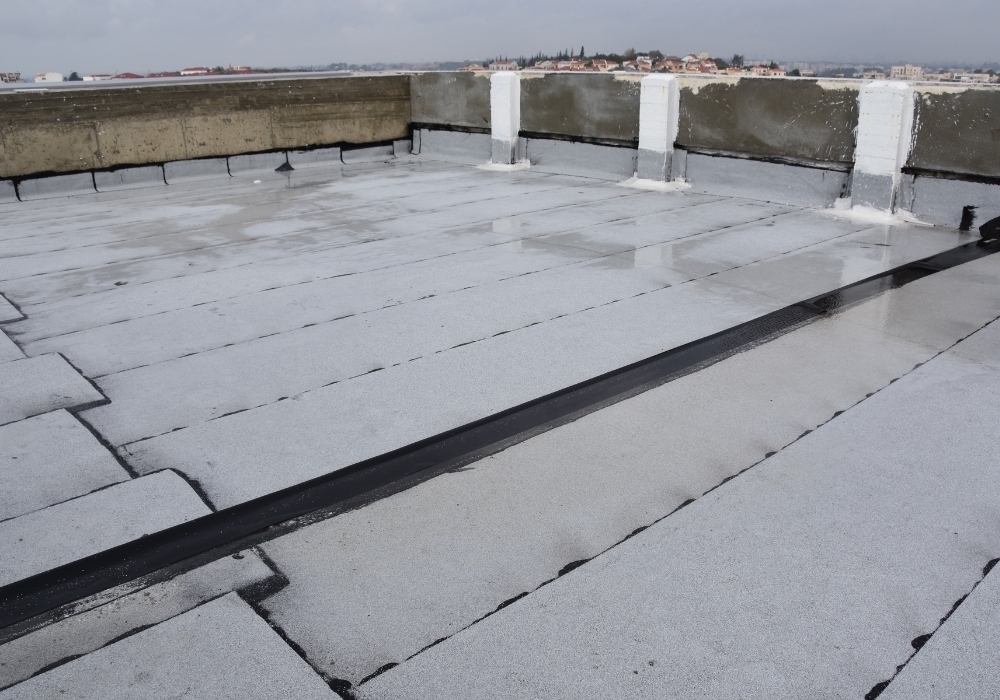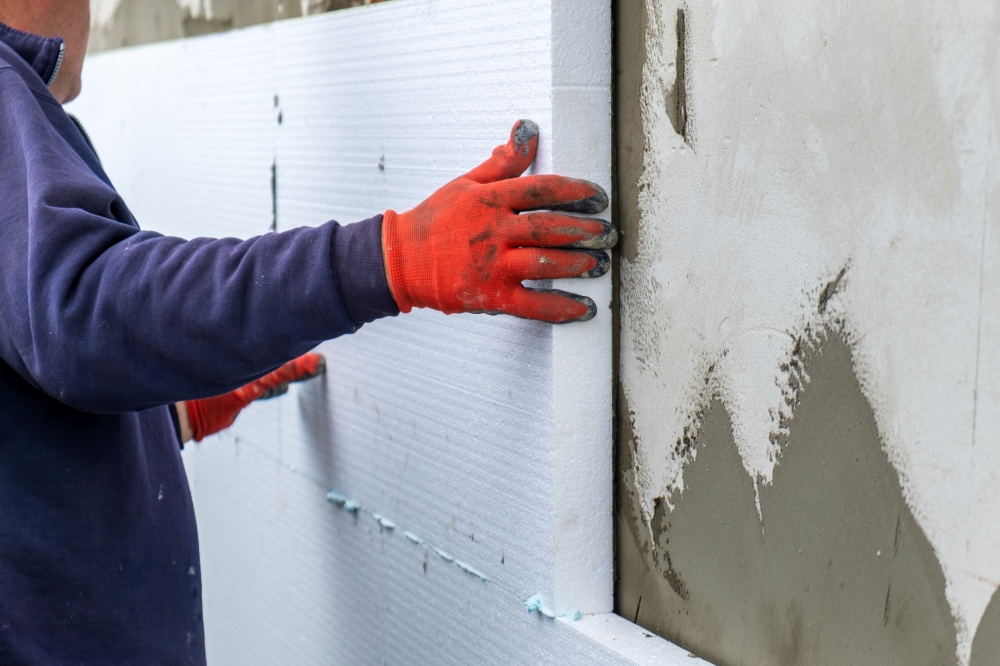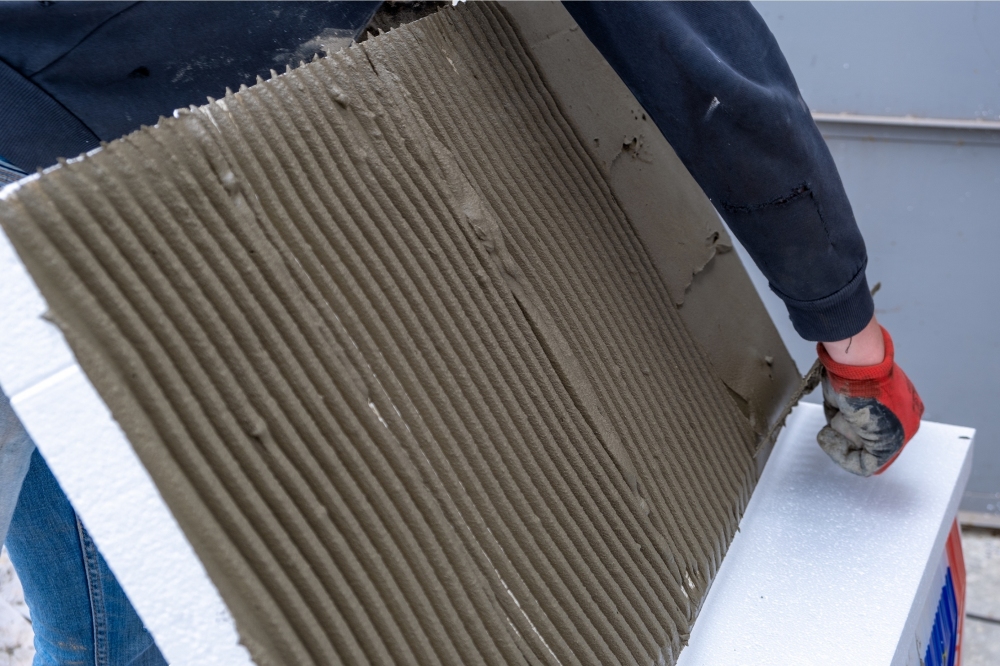
Insulation Materials: Types and Properties
Insulation materials play a critical role in ensuring that buildings are comfortable, safe, and long-lasting. With proper insulation, both energy savings and improved living quality can be achieved. Especially in modern urban life, thermal insulation, sound insulation, waterproofing, and fire protection have become indispensable components of buildings. For those aiming to construct energy-efficient, durable, and safe structures, understanding the technical properties of insulation materials is of great importance.
This article covers the most commonly used insulation materials, their properties, and areas of application, with both general and technical insights.

1. Thermal Insulation Materials
Thermal insulation is the key to efficient energy use. Materials are typically evaluated by their thermal conductivity coefficient (λ, W/mK); the lower the value, the better the insulation performance.-
EPS (Expanded Polystyrene – Styrofoam): λ ≈ 0.032 – 0.040 W/mK. Lightweight, economical, and the most common choice in external thermal insulation.
-
XPS (Extruded Polystyrene): Resistant to water and highly durable under compression. Preferred for roofs, foundations, and flooring applications.
-
Rock Wool: Resistant up to 1000 °C. A natural product providing thermal, acoustic, and fire insulation.
-
Glass Wool: λ ≈ 0.035 – 0.040 W/mK. Lightweight, flexible, non-combustible, and commonly used in roofs and walls.
-
Polyurethane Foam (PUR/PIR): In spray form, it fills gaps. With λ ≈ 0.020 – 0.023 W/mK, it is among the best-performing insulation materials.
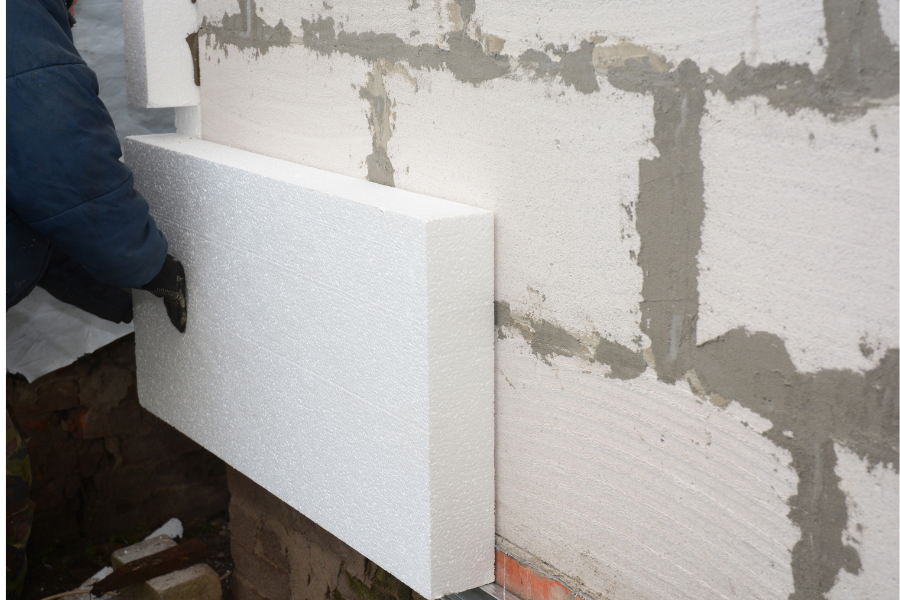
2. Sound Insulation Materials
Used to ensure comfort and silence in living spaces. Their performance is measured by the sound absorption coefficient (αw).-
Acoustic Foams: Effective solutions for studios, offices, and residential interiors.
-
Rock Wool and Glass Wool: Their porous structures provide both sound and thermal insulation.
-
Acoustic Panels: Offer both decorative and functional advantages.

3. Waterproofing Materials
Waterproofing is one of the most critical steps in extending the lifespan of buildings, especially for foundations and roofs.-
Bitumen-Based Membranes: Applied in rolls, providing high impermeability.
-
PVC and EPDM Membranes: Flexible and long-lasting solutions.
-
Crystalline Concrete Additives: Seal the pores of concrete, preventing water penetration.
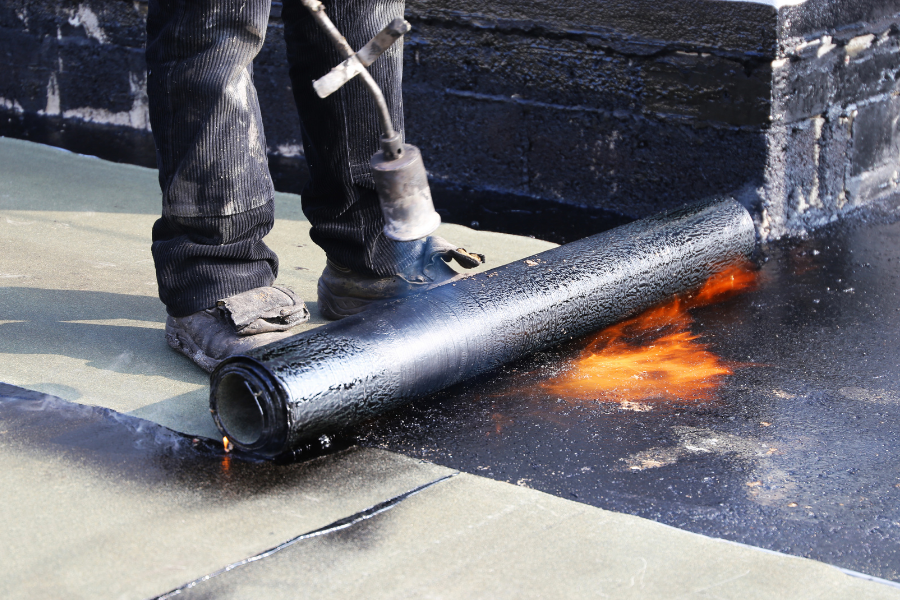
4. Fireproofing Materials
Fire safety is indispensable, especially in high-rise buildings and industrial facilities.-
Rock Wool: Classified as non-combustible (A1), increases fire resistance in steel structures.
-
Gypsum Boards: Used indoors, offering additional fire safety.
-
Fire-Resistant Coatings: Help steel members maintain strength under high temperatures.
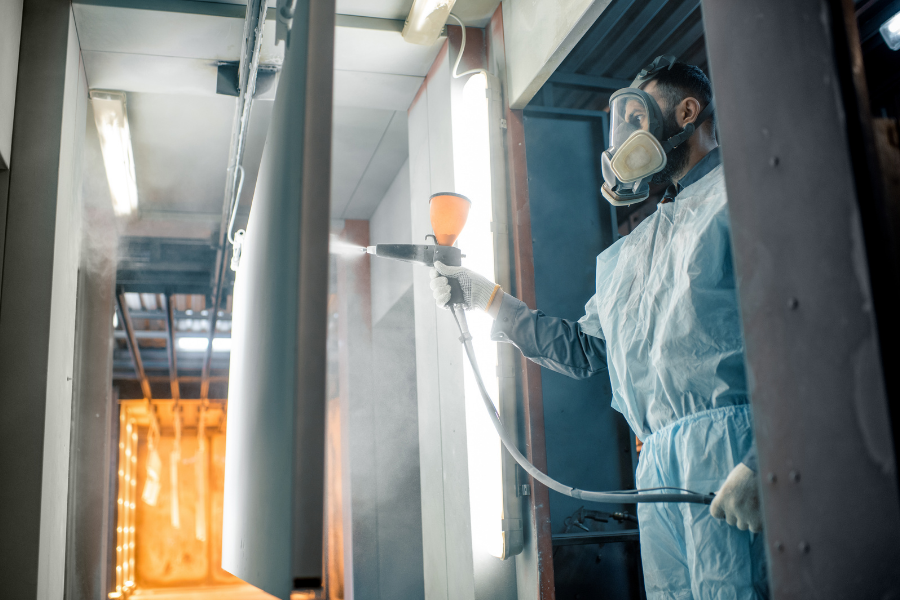
Conclusion
Choosing the right insulation material affects not only today’s comfort but also future energy costs and building safety. Whether thermal, acoustic, waterproofing, or fireproofing, there are professional solutions available for every need.


